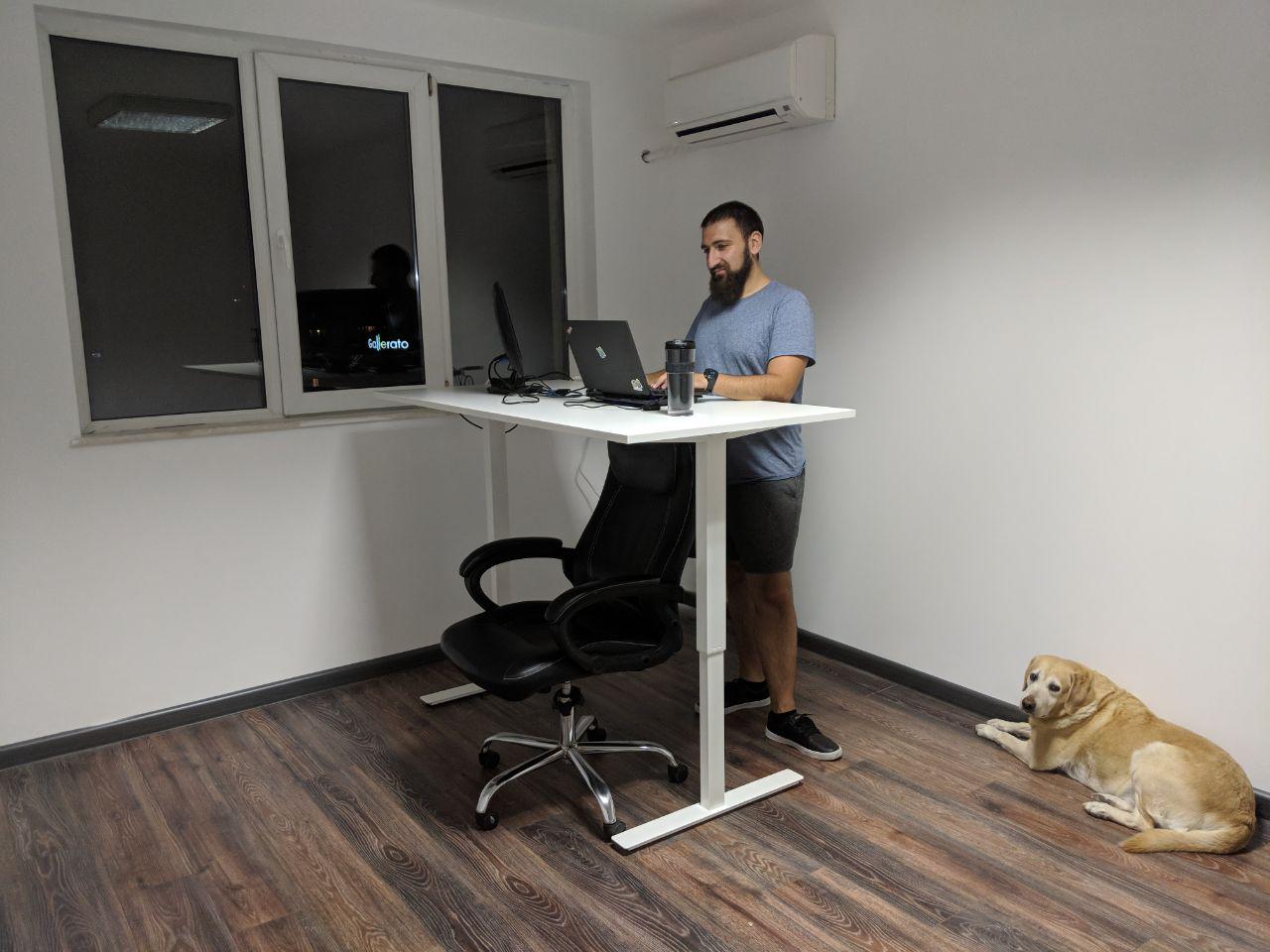I believe that remote working has been fairly mainstream in most metropolitan cities over the past 5–7 years. Some of the leading challenges are related to companies’ remote working policy or a limited number of available places welcoming remote workers.
I’ve spent years working from a number of coffices and wrote a cofficers guide for freelancers and telecommuters.

There are some technical innovations already available but not as affordable or applicable for coffices. Here are some of my top picks – along with those that I haven’t seen on the market yet.
Portable Noise-Canceling Headset
There are hundreds of headsets available out there – yet, I’m still on the hunt for a portable, comfortable, and affordable one that won’t annoy a prospect over a call.
Jumping on a call is always a chore for everyone who happens to be in a loud area. A small headset that reflects the noise and produces crystal clear voice quality at an affordable fee would be a dream for any cofficer who has to contribute with voice communication as well.
5x More Powerful Laptop Battery
Some business laptops are getting better in battery life. Yet, that comes at a price.
You either end up with an 11″ screen that isn’t suitable for pixel-perfect design, or a large notebook with an external battery that weighs a ton.
On top of that, some activities require powerful CPUs or video cards that can easily kill even the most well-optimized hardware devices out there.
Being able to take a flight overseas and spend 15 hours on your laptop without breaking a sweat would be more than ideal. Plenty of journalists and bloggers struggle during long conferences. Professional video editors can hardly imagine running a portable station that would last more than a couple of hours.
Wide Coverage 4G Modems
OK, Internet connectivity is pretty much a solid requirement for most remote workers.
There are three main problems that people face when working from a coffee shop:
- The local Wi-Fi may be unreliable – slow, crowded, you name it
- The venue may be in a shopping center or underground – thus receiving low signal to a mobile phone (tethering from the phone being no longer an option)
- A trip abroad may target a place with an extremely expensive phone plan and a limited coverage area
Being able to work from a beach or in any coffee shop with a reliable 4G modem would be very much preferable. I use both my phone and a 4G modem locally and they fail in certain areas – especially outside of the big city.
Skyroam is an interesting alternative that covers a good number of countries. It may very well be a good solution when traveling.
Notebook Lockers
Spending several hours in a coffee shop will likely result in a restroom break. Leaving your notebook unattended is not preferable yet carrying it over to the near restroom is inconvenient.
Some notebooks support different forms of lockers – such as the Kensington cable lock. Those have some limitations in terms of size or reliability – and there are ways to squeeze a notebook around then if you browse some YouTube videos.
A locker system that’s portable and extremely reliable would be a safe bet for remote workers. An example would be a strong magnet that doesn’t affect that machine and can be tapped under the table with a fingerprint. It would be the size of a large coin and make your laptop entirely stuck on the table until unlocking it yourself.
Projection Virtual Keyboard

Virtual keyboards already exist although they’re far from common. Their reliability and the typing comfort is arguable, along with their cost.
The main benefit of using a virtual keyboard would make a large notebook obsolete. You can use your phone or a tablet and avoid carrying a heavy backpack on the way to a coffice. Also, this would let you spend some time working at all times – waiting in a line or for a dentist’s appointment.
Virtual External Monitor
In addition to the virtual keyboard, a virtual external monitor would be really awesome. On one end, you can still use it with your phone – limiting the constraints of the small screen size. On top of that, many of us utilize a second monitor at work.
If you sit near a wall, you can easily project your screen right next to you. Some privacy concerns may arise and projecting on the desk instead may be more preferable. In practice, using your keyboard holder or a small and tiny stand used for projecting would still work perfectly – being a lighter and more portable alternative.
The Bottom Line
There are additional utilities such as self-charging stations (already available), self-walking suitcases following your watch, Moleskine notebooks storing data in your iPad and the like. Google Glass was also an interesting experiment and I expect a competitor to follow with a more refined model soon. But the more affordable and common new gadgets become, the easier would it be for remote workers to become productive in the coffee shop next door.







